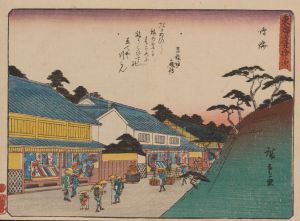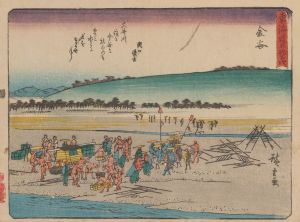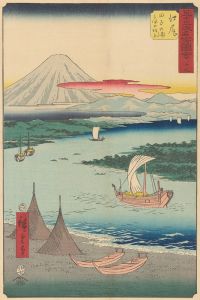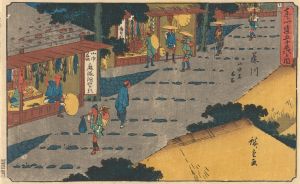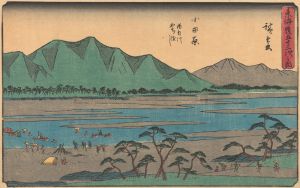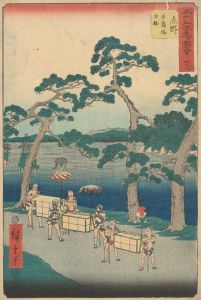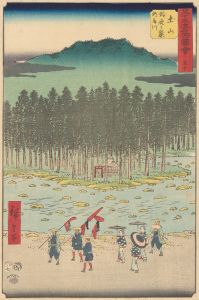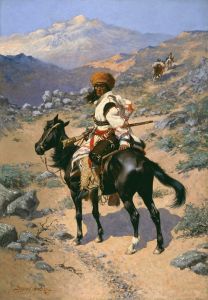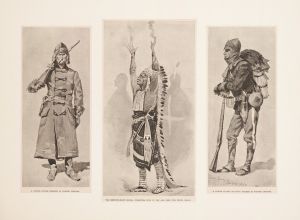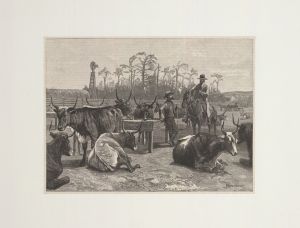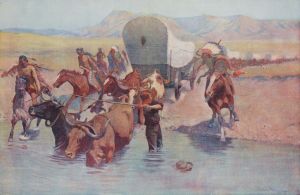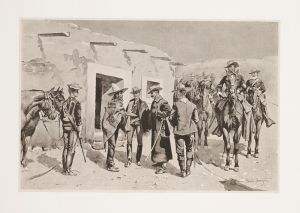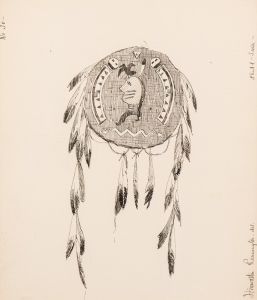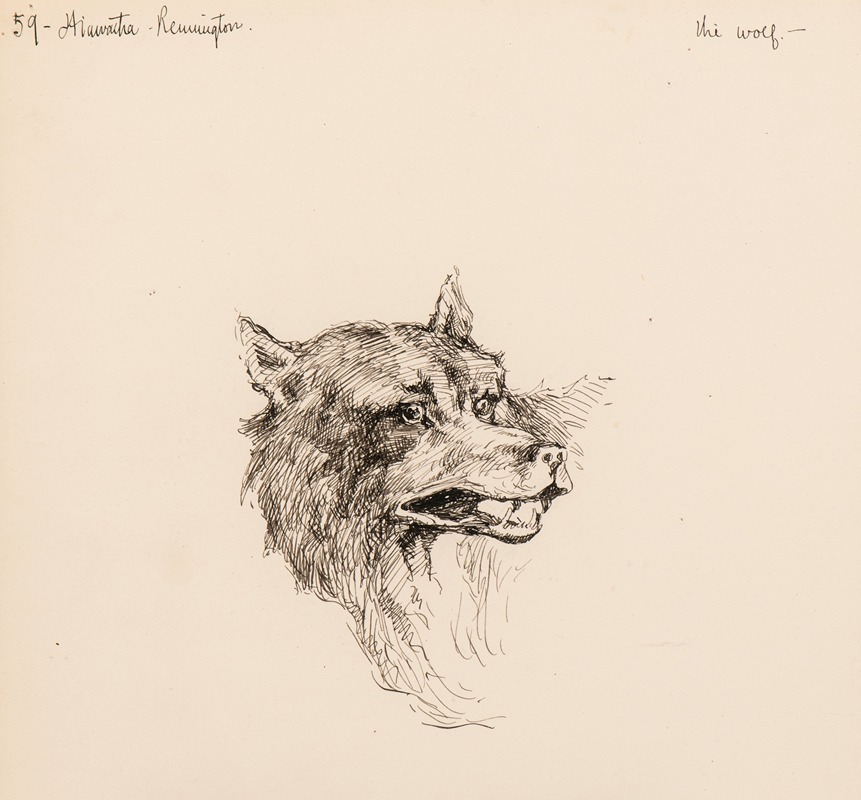
Illustration for The Song of Hiawatha
A hand-painted replica of Frederic Remington’s masterpiece Illustration for The Song of Hiawatha, meticulously crafted by professional artists to capture the true essence of the original. Each piece is created with museum-quality canvas and rare mineral pigments, carefully painted by experienced artists with delicate brushstrokes and rich, layered colors to perfectly recreate the texture of the original artwork. Unlike machine-printed reproductions, this hand-painted version brings the painting to life, infused with the artist’s emotions and skill in every stroke. Whether for personal collection or home decoration, it instantly elevates the artistic atmosphere of any space.
Frederic Remington, an American artist renowned for his depictions of the American West, created an illustration for "The Song of Hiawatha," a long narrative poem written by Henry Wadsworth Longfellow in 1855. The poem, inspired by Native American legends and culture, tells the story of Hiawatha, a fictional Ojibwe warrior, and his life, love, and adventures. Remington's illustration was part of a broader tradition of visual interpretations of Longfellow's work, which had gained immense popularity in the 19th and early 20th centuries.
Remington, primarily known for his paintings, sculptures, and illustrations of cowboys, Native Americans, and frontier life, brought his characteristic style to this work. His art often emphasized realism and detail, reflecting his deep interest in the people and landscapes of the American West. While "The Song of Hiawatha" is set in the Great Lakes region and draws from Native American cultures of that area, Remington's artistic focus on Native American subjects made him a fitting choice to illustrate the poem.
The specific illustration by Remington for "The Song of Hiawatha" captures a moment from the poem, though the exact scene depicted is not always specified in available sources. Like much of Remington's work, the illustration likely reflects his attention to detail and his effort to portray Native American figures and settings with a degree of authenticity, albeit filtered through the artistic and cultural perspectives of his time. It is important to note that Remington's works, while celebrated for their artistry, have also been critiqued for perpetuating stereotypes and romanticized views of Native American life.
This illustration was part of a larger trend during the late 19th and early 20th centuries, when Longfellow's poem was frequently illustrated by various artists. These visual interpretations often aimed to bring the poem's vivid imagery to life, appealing to audiences who were captivated by romanticized depictions of Native American culture. Remington's contribution to this tradition highlights his role as one of the prominent illustrators of his era.
While the exact date of the illustration's creation is not always documented, it aligns with Remington's active period as an artist, which spanned the late 19th century until his death in 1909. His work on "The Song of Hiawatha" remains a testament to his influence on American art and his engagement with themes of Native American life, as interpreted through the lens of popular literature.





